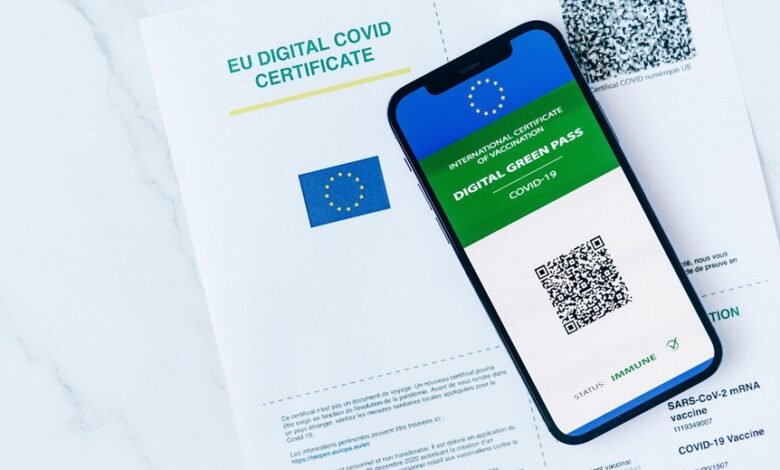Verify Identity Information 3510455346 3511960693 3888728887 3283267241 3286925939 3293342285

Identity verification has become essential in safeguarding personal information, particularly with numbers like 3510455346, 3511960693, and others in question. Inadequate checks can expose individuals to identity theft and fraud. Therefore, employing effective verification methods is crucial. Understanding the best practices for maintaining data security is equally important. The implications of neglecting these measures can be far-reaching, prompting a closer examination of current protocols and their effectiveness.
The Importance of Identity Verification in Digital Transactions
As digital transactions continue to proliferate, the necessity for robust identity verification becomes increasingly critical.
Biometric authentication technologies, such as fingerprint and facial recognition, enhance security by ensuring that individuals are who they claim to be.
Coupled with digital signatures, these methods create a secure framework that protects users’ freedoms while facilitating trust in online exchanges, thereby supporting a safer digital economy.
Common Risks Associated With Inadequate Identity Checks
A significant number of security breaches stem from inadequate identity checks, exposing individuals and organizations to various risks.
These lapses lead to identity theft, enabling unauthorized access to sensitive information. Without robust fraud prevention measures, businesses can incur significant financial losses and reputational damage.
Moreover, compromised personal data can hinder individual freedoms, making effective identity verification essential for safeguarding privacy and security.
Effective Methods for Verifying Identity Information
Inadequate identity checks can lead to severe consequences, highlighting the need for effective verification methods.
Biometric verification, such as fingerprint or facial recognition, offers a robust solution by utilizing unique physical traits. Additionally, document authentication ensures that identification documents are genuine and unaltered.
Together, these methods provide a secure framework for verifying identity information, empowering individuals with greater freedom while minimizing risks associated with identity fraud.
Best Practices for Maintaining Data Security
While organizations increasingly rely on digital systems to manage identity information, implementing best practices for maintaining data security remains crucial.
Effective measures include robust data encryption to protect sensitive information and stringent access controls to limit unauthorized entry.
Regular audits and employee training further enhance security, ensuring that freedom in digital interactions does not compromise the integrity and confidentiality of identity information management.
Conclusion
In today’s digital landscape, effective identity verification is paramount, with statistics revealing that identity theft affects nearly 14 million Americans annually. Robust methods, including biometric and document authentication, significantly mitigate risks associated with inadequate identity checks. By adopting best practices for data security, organizations can foster trust and protect individuals against vulnerabilities. As the digital economy continues to expand, prioritizing identity verification will be essential for ensuring secure transactions and safeguarding personal freedoms.





